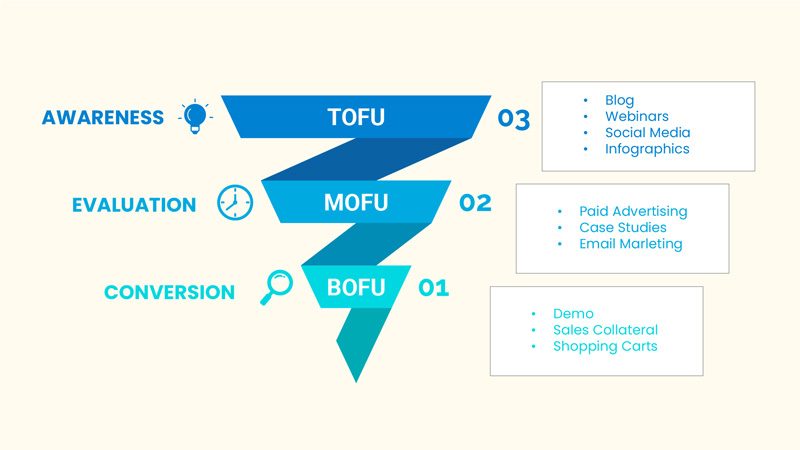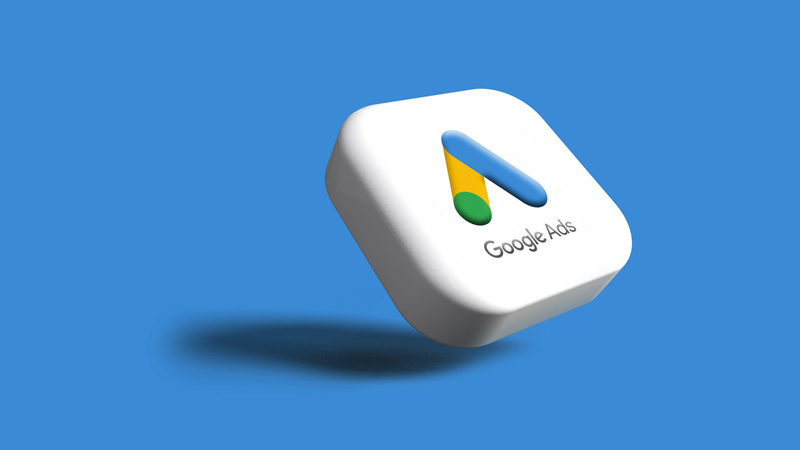Ah, content marketing. The king (or queen?) of SEO, the lead magnet, the traffic-driving powerhouse. But how do you turn those blank pages into a steady stream of customers?
That’s where the Content Marketing Funnel comes in. It’s like a strategic roadmap, guiding your audience from curious strangers to loyal fans (and hopefully, paying customers).
In the crowded online world, attention is currency. Customers are bombarded with messages, ads, and distractions in every single click. So, how do you break through the noise and turn those fleeting glances into loyal customers? That’s where the mighty content marketing funnel comes in, ready to transform curious strangers into brand champions.
Why Content Marketing Matters
Think of content as the delicious (and informative) appetizers at a fancy restaurant. They pique your interest, whet your appetite, and convince you to stay for the main course. In the realm of business, that main course is, of course, sales. But you wouldn’t just shove the steak in front of a first-time visitor, would you?
Content marketing is about building relationships, not ramming transactions down throats. It’s about providing valuable, engaging content that solves problems, answers questions, and educates your audience. By nurturing leads through the three stages of the funnel – TOFU, MOFU, and BOFU – you gradually earn their trust and position yourself as the expert they can rely on.
What is the Content Marketing Funnel?
The content marketing funnel is a strategic roadmap that guides your audience from curious strangers to loyal fans (and hopefully, paying customers). It’s like a three-step process:
1. TOFU (Top of the Funnel)
Imagine the TOFU as a giant party. Everyone’s there to have a good time, mingle, and maybe learn something new. But they’re not ready to commit to anything serious just yet.
Your job at the TOFU stage is to attract attention with high-quality, informative content that solves problems and answers questions. Think blog posts, infographics, social media content, and attention-grabbing headlines like this one.
Example: Let’s say you run a website about baking. A TOFU blog post could be titled “10 Easy Dessert Recipes to Impress Your Guests” or “The Ultimate Guide to Choosing the Perfect Flour for Every Recipe.” These topics are broad, helpful, and pique the reader’s interest without getting too salesy.
Examples of TOFU content include:
- Blog posts: Share valuable insights, tips, and tricks relevant to your target audience’s interests.
- Infographics: Visualize intricate data in an aesthetically pleasing and easily understandable format.
- Social media content: Engage your audience with interactive posts, polls, and questions.
- Videos: Offer entertaining and informative video content covering diverse topics within your niche.
2. MOFU (Middle of the Funnel)
The party’s over, and the guests who enjoyed your company are sticking around to chat. They’re interested in what you have to offer, but they’re not quite ready to buy.
At the MOFU stage, you need to nurture those leads with more in-depth content that educates and positions you as an expert. Think ebooks, white papers, webinars, and case studies.
Example: Back to our baking website, a MOFU ebook could be called “The Secret to Baking Like a Pro: Mastering Doughs, Frostings, and Everything In Between.” This ebook would offer valuable tips and tricks, establish your authority, and gently nudge the reader towards your paid baking courses or recipe collections.
Examples of MOFU content include:
- Ebooks and white papers: Share in-depth research, data, and actionable strategies.
- Webinars and live Q&A sessions: Provide interactive learning experiences and answer audience questions directly.
- Case studies and testimonials: Showcase your successes and demonstrate the value you offer.
- Product demos and free trials: Give potential customers a hands-on experience with your products or services.
3. BOFU (Bottom of the Funnel)
It’s decision time. Your MOFU efforts have paid off, and your leads are ready to convert. Now’s the time to make the sale with targeted content that highlights the benefits of your products or services. Think product demos, case studies, testimonials, and exclusive offers.
Example: Finally, our baking website could offer a BOFU discount on a “Bake Like a Pro Starter Kit” for email subscribers who downloaded the MOFU ebook. This kit would include essential baking tools, ingredients, and access to exclusive video tutorials.
Examples of BOFU content include:
- Product comparisons and pricing pages: Clearly showcase the value proposition of your products or services.
- Free consultations or limited-time offers: incentivize conversions with exclusive deals.
- Testimonials and success stories: Build trust and social proof by highlighting satisfied customer experiences.
- Direct calls to action (CTAs): Use clear and compelling language to tell customers what to do next (e.g., “Buy Now,” “Subscribe Today”).
Remember: The content marketing funnel is a continuous process. Once you’ve converted a lead, don’t just stop there! Keep them engaged with valuable content throughout their customer journey to build loyalty and encourage repeat business.
How it Matters for SEO Success
Content marketing and SEO) go hand in hand, much like the classic combination of peanut butter and jelly. They work best together! Here’s how:
- Increased Organic Traffic: Valuable content attracts people to your website, boosting your ranking in search engines.
- Improved Engagement: Engaging content keeps visitors on your site longer, sending positive signals to search engines.
- Backlink Building: Great content naturally attracts backlinks from other websites, further improving your SEO authority.
Bonus Tips for Funnel-Tastic Content
- Know Your Audience: Create content that resonates with their interests, needs, and pain points.
- Optimize for Search: Use relevant keywords throughout your content to help people find you.
- Promote, Promote, Promote!: Share your content on social media, email, and other channels to reach a wider audience.
- Track and Analyze: Use data to see what’s working and what’s not, and adjust your strategy accordingly.
By understanding and implementing the content marketing funnel, you can turn your website into a lead-generating machine and watch your business grow. So go forth, create incredible content, and conquer those SERPs!
Conclusion
Content marketing isn’t just a fad; it’s the fuel that drives successful SEO strategies. By understanding and implementing the content marketing funnel, you can turn your website into a lead-generating machine and watch your business grow. So, get out there, start cooking up some delicious content, and let the feasting begin!




